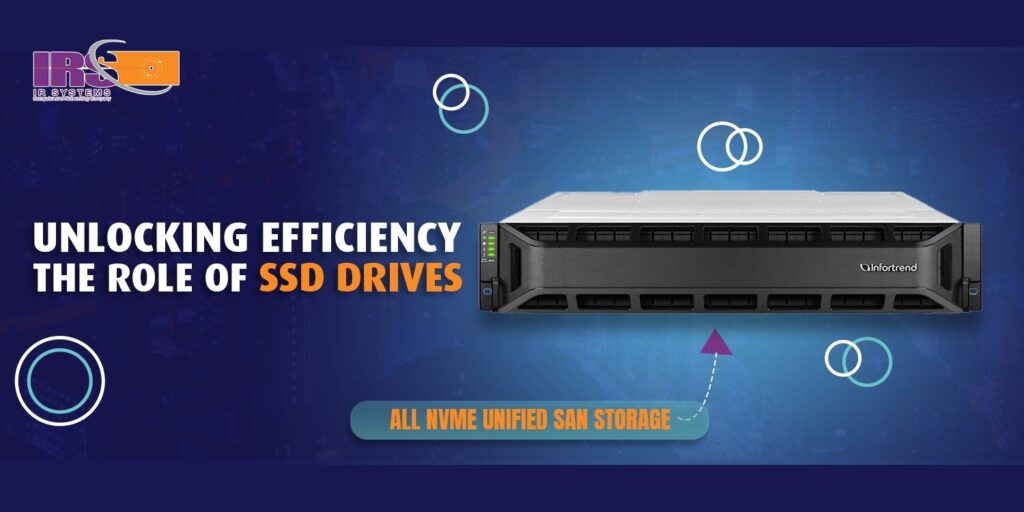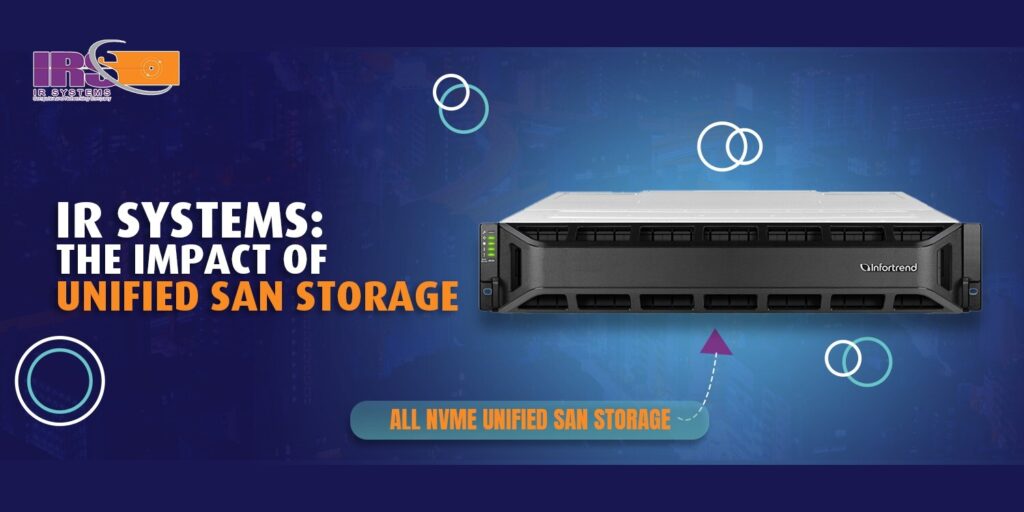Unlocking Efficiency: The Role of SSD Drives

In the realm of Information Retrieval (IR) systems, efficiency is paramount. As the digital landscape evolves, the need for faster, more responsive systems becomes increasingly critical. One key component revolutionizing IR systems is the utilization of Solid State Drives. Let’s delve into how SSD Drives are transforming IR systems across various sectors. Enhancing Speed and Performance These solid state Drives offer a remarkable leap in speed and performance compared to traditional Hard Disk Drives (HDDs). With no moving parts, SSDs significantly reduce latency, resulting in faster data retrieval and processing. In IR systems, where rapid access to vast amounts of information is crucial, this enhanced speed translates into quicker query responses and improved overall system performance. Optimizing Indexing Processes Indexing lies at the heart of IR systems, enabling efficient data retrieval based on user queries. These Drives play a pivotal role in optimizing indexing processes by facilitating swift data indexing and updating. The high read and write speeds of SSDs enable faster indexing of new data and modifications to existing indices, ensuring that IR systems maintain responsiveness even as data volumes grow. Enabling Real-Time Analytics Real-time analytics empower organizations to extract actionable insights from streaming data with minimal delay. SSD Drives enable IR systems to keep pace with the demands of real-time analytics by delivering rapid data access and processing capabilities. Whether it’s monitoring social media trends, analyzing financial market data, or tracking sensor readings, SSD-equipped IR systems can deliver timely insights critical for informed decision-making. Enhancing Scalability and Flexibility Scalability is a key consideration for IR systems, especially in dynamic environments where data volumes fluctuate unpredictably. These Drives offer superior scalability compared to HDDs, allowing IR systems to adapt seamlessly to changing data requirements. Additionally, the compact form factor of SSDs enables greater flexibility in system design, making them ideal for deployments where space is limited or where mobility is a factor. Improving Reliability and Durability Reliability is paramount in IR systems, where downtime or data loss can have significant consequences. These Drives exhibit greater reliability and durability than HDDs due to their lack of moving parts. This inherent resilience to mechanical failure makes SSD-equipped IR systems more robust and less prone to data loss, ensuring continuous operation even in demanding environments. Reducing Energy Consumption Energy efficiency is an increasingly important consideration in modern computing infrastructure. These Drives consume less power than their HDD counterparts, making them an environmentally friendly choice for IR systems. By reducing energy consumption, SSDs not only lower operational costs but also contribute to sustainability efforts, aligning with the growing emphasis on eco-friendly technology solutions. Empowering AI-Powered IR Systems Artificial Intelligence (AI) plays a pivotal role in modern IR systems, enabling advanced capabilities such as natural language processing, image recognition, and personalized recommendations. SSD Drives serve as the backbone of AI-powered IR systems, providing the speed and agility required to support computationally intensive tasks. Whether it’s training machine learning models or executing complex algorithms, SSDs ensure that AI-driven IR systems deliver optimal performance. In conclusion, SSD Drives are revolutionizing Information Retrieval systems across industries by delivering unparalleled speed, performance, and reliability. From enhancing indexing processes to enabling real-time analytics and empowering AI-driven insights, SSD-equipped IR systems are at the forefront of efficiency and innovation. As the digital landscape continues to evolve, the role of SSDs in IR systems will only become more indispensable, driving advancements and unlocking new possibilities in information retrieval and analysis.
Revolutionizing IR Systems: The Impact of Unified SAN Storage

In the ever-evolving landscape of Information Retrieval (IR) systems, storage solutions play a crucial role in determining efficiency, scalability, and performance. Among the latest advancements, Unified Storage Area Network (SAN) solutions have emerged as a game-changer. Let’s explore how Unified SAN Storage is reshaping IR systems across various domains. Understanding Unified SAN Storage This Storage represents a convergence of storage technologies, combining block-level storage for high-performance applications with file-level storage for data sharing and management. This integrated approach offers a single, cohesive platform for storing and accessing diverse data types, streamlining management, and enhancing overall efficiency in IR systems. Enhancing Data Accessibility One of the primary advantages of Storage in IR systems is its ability to provide seamless access to data across heterogeneous environments. By consolidating storage resources into a unified pool, organizations can eliminate data silos and enable smoother data sharing and collaboration. Whether it’s structured data in databases or unstructured content in files, Storage ensures consistent accessibility, facilitating faster information retrieval and analysis. Improving Performance and Scalability Performance and scalability are paramount in IR systems, where rapid data retrieval and processing are essential. This Storage leverages advanced technologies such as flash storage and automated tiring to deliver high-performance, scalable storage solutions. This enables IR systems to handle growing data volumes and increasing user demands without compromising on speed or responsiveness. Streamlining Management and Administration Managing storage infrastructure can be complex, especially in large-scale IR systems with diverse storage requirements. Unified SAN Storage simplifies management by providing a single interface for configuring, provisioning, and monitoring storage resources. Centralized management capabilities enhance efficiency, reduce administrative overhead, and enable IT teams to allocate resources more effectively, ensuring optimal performance and resource utilization in IR systems. Ensuring Data Security and Compliance Data security and compliance are top priorities for organizations operating in sensitive industries or handling confidential information. This Storage offers robust data protection features such as encryption, access controls, and data integrity mechanisms, helping organizations meet regulatory requirements and safeguard sensitive data assets. By consolidating storage resources and implementing unified security policies, IR systems can mitigate risks and enhance data privacy and compliance. Unified SAN Storage represents a significant advancement in storage technology, offering a unified approach to storing and managing data in IR systems. By combining performance, scalability, and management simplicity, the Storage solutions empower organizations to unlock the full potential of their IR systems, enabling faster data retrieval, improved efficiency, and enhanced data security. As the demand for advanced information retrieval capabilities continues to grow, Unified SAN Storage will play an increasingly vital role in shaping the future of IR systems across industries.
